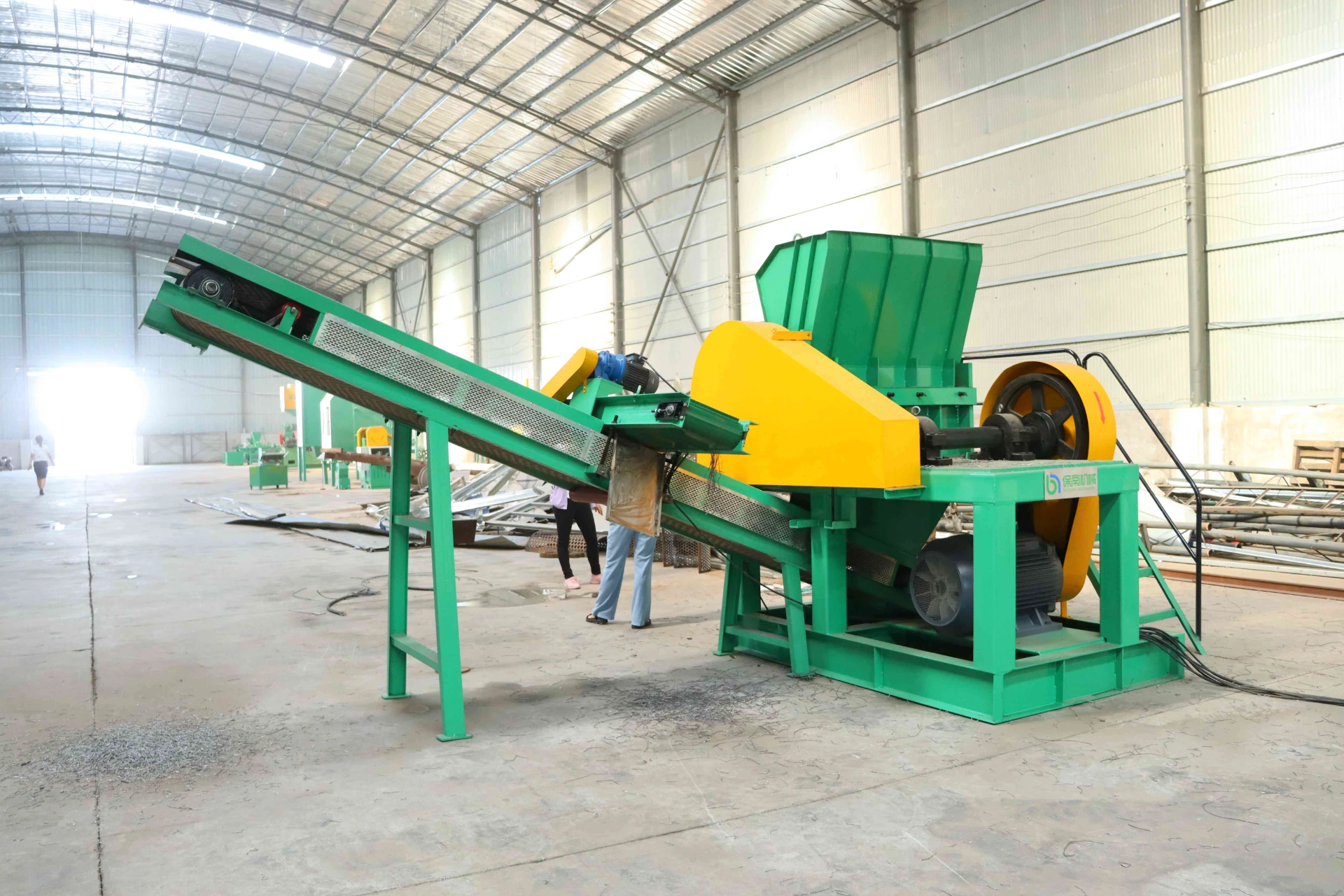Creating a homemade copper wire granulator can be a daunting yet rewarding DIY project, ideal for those passionate about recycling and sustainability. This article delves into expert insights and trustworthy guidelines on crafting an efficient copper wire granulator from the comfort of your home, ensuring authenticity and authoritative recommendations for enthusiasts and environmental pragmatists alike.

Copper, a highly valuable metal, can be recycled with minimal degradation, making it an ecological and economical treasure. Wire granulators are essential in the recycling process, efficiently separating copper from the plastic insulation of discarded wires. Equipped with sound knowledge of mechanics, a few innovative tools, and patience, crafting a personal granulator is both feasible and financially sensible.
Understanding the process of wire granulation is crucial. Essentially, a granulator functions by cutting and grinding wire into small pieces, allowing for effective separation of copper from plastic through various stages of processing. This usually involves mechanical cutting, airflow separation, and vibrating screens.

The first step in constructing a homemade granulator involves collecting necessary materials a motor, blades, a durable base, and a custom-designed hopper. A powerful motor ensures the granulator can handle a variety of wire thicknesses, an imperative feature for maximizing utility. Opt for industrial-grade motors, easily sourced from hardware surplus stores or online marketplaces.
Blades, often the centerpiece of the granulating mechanism, must be crafted or sourced with precision. High-carbon steel or tungsten carbide blades offer durability and longevity, crucial for heavy-duty processing. Designing blades custom-fit for your wire granulator can enhance efficiency and optimize the granulation process. Consider consulting with metalwork experts or outsourcing to small factories specialized in custom tooling, ensuring precise blade engineering.
A strong base provides the structural integrity needed for seamless operation. Construct a reliable frame from reinforced steel or aluminum, ensuring stability even under heavy load. Welding skills or assistance from a local metalworker may be necessary to ensure the base withstands prolonged operation and vibration.
homemade copper wire granulator
The hopper design further tailors the device to specific needs. A funnel-shaped hopper, whether welded from sheet metal or assembled from robust plastic, guides wires seamlessly into the cutting chamber. Customizable hopper designs assist in handling different wire volumes and sizes, enhancing operational flexibility.
The integration of a magnetic separator is an advanced technique to ensure purity. Magnets positioned strategically within the granulator can remove ferrous impurities, safeguarding the integrity of the copper output. Magnetic separation complements the mechanical process, providing an added layer of refinement.
Ensuring trustworthiness and safety of your homemade granulator requires stringent adherence to safety protocols. Ground all electrical components meticulously and incorporate emergency shutoff mechanisms to handle any unforeseen malfunctions. Furthermore, wearing safety gear, including goggles and gloves, is non-negotiable for personal protection during operation.
Once your copper wire granulator is operational, test it with various wires, adjusting blade sharpness and motor speed for optimal performance. Regular maintenance, including lubrication of moving parts and blade sharpening, is vital for sustained reliability and efficiency.
In conclusion, a meticulously crafted copper wire granulator empowers individuals to contribute actively to sustainability efforts. This hands-on venture not only enhances understanding of mechanical processes but also provides a continuous supply of recycled copper. Through expert craftsmanship, dedication to detail, and adherence to safety standards, constructing a copper wire granulator at home becomes an authoritative step in personal recycling initiatives, fostering eco-friendly practices and reducing environmental impact.


